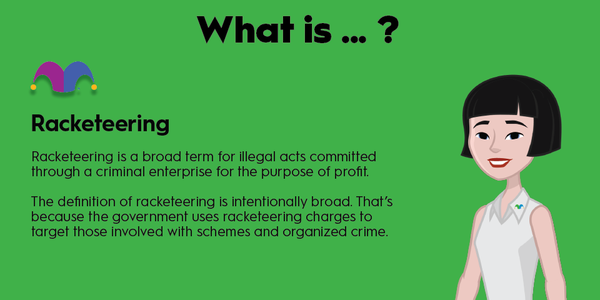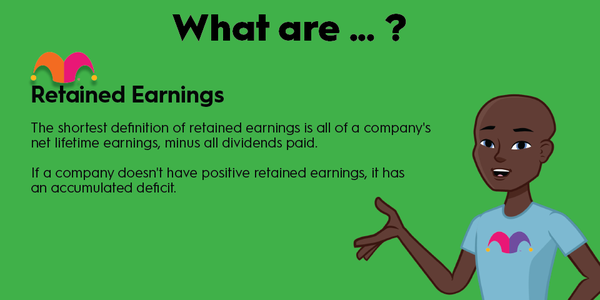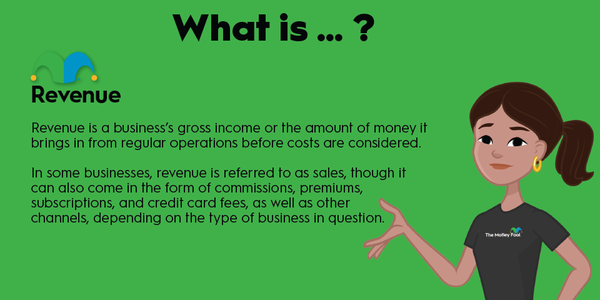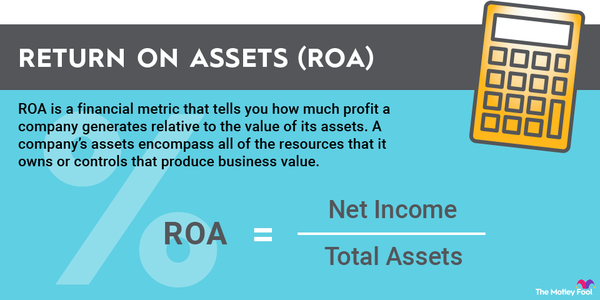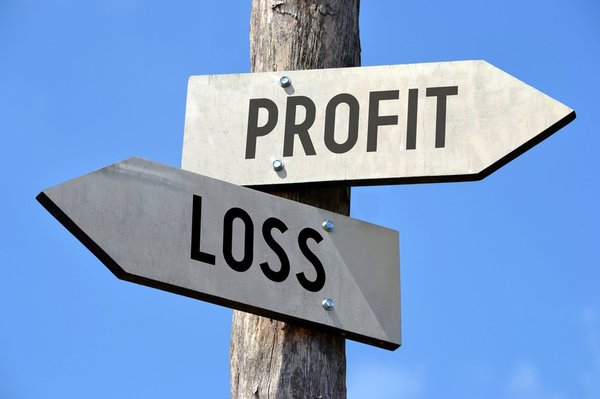When you're considering buying stock in a new company, you have to ask yourself many hard questions. Do you believe the company is behaving ethically? Is it creating products or offering services that will stand the test of time?

Definition
What is return on capital employed?
Simply put, the return on capital employed (ROCE) measures how much profit results from capital employed—that is, how much money the business needs to operate. The difference between ROCE and other similar metrics is that ROCE considers both debt and equity in the equation.
Although ROCE is just one of many metrics you should use to determine if an investment is right for you, it's very important because it considers long-term financing in the mix. If a company is leveraging a lot of debt, this can change the picture substantially, even if the company is healthy and profitable. ROCE evens the playing field a bit.
Why use it?
Why use return on capital employed as a metric?
There are lots of different profitability ratios you can use when looking at stocks, but return on capital employed is a good choice because it takes more of the realities of doing business into account. Companies using debt as part of their business strategy don't immediately look suspicious when calculating ROCE, which can help you find more gems that you might have otherwise overlooked.
Just keep in mind that there's no ideal number for ROCE, since you'll need to compare the ROCE of your company to the rest of its industry or sector to figure out if it's doing well or poorly. This is similar to many other metrics, like the price-to-earnings ratio (P/E ratio), where you'll have to look at other companies to find out where your company sits.
How to calculate
How to calculate return on capital employed
Calculating the return on capital employed is pretty simple. You'll just need the earnings before interest and taxes (EBIT) for the company you're looking to evaluate, as well as its total assets and current liabilities. As a reminder, EBIT is the same as operating income.
You can calculate the capital employed by subtracting the current liabilities from the total assets, like this:
Capital Employed = Total Assets - Current Liabilities
And then calculate the return on capital employed by dividing the EBIT by this number:
ROCE = EBIT / Capital Employed
So, if your company's EBIT is $64 million, its total assets are $375 million, and its current liabilities are $100 million, the ROCE is:
ROCE = $64 million / ($375 million - $100 million)
ROCE = $64 million / $275 million
ROCE = 0.23
That means the return on the capital employed for this company is 23%, or 23 cents on every dollar.
Related investing topics
Why it matters
Why return on capital employed matters to investors
Understanding how companies are using their money is really important when you're evaluating one as a potential investment. You don't want to ever buy stock in a company that you don't understand, and the return on capital employed is one way to better get to know your company.
Since this calculation also accounts for debt in the figure, it can give you a more realistic picture of how well your company is performing against similar companies in its industry, including the debt that it's leveraging.
Debt isn't always the enemy, but poorly leveraged debt is not something you want to see as an investor. Always make sure your company is doing something to make that debt worth having.


